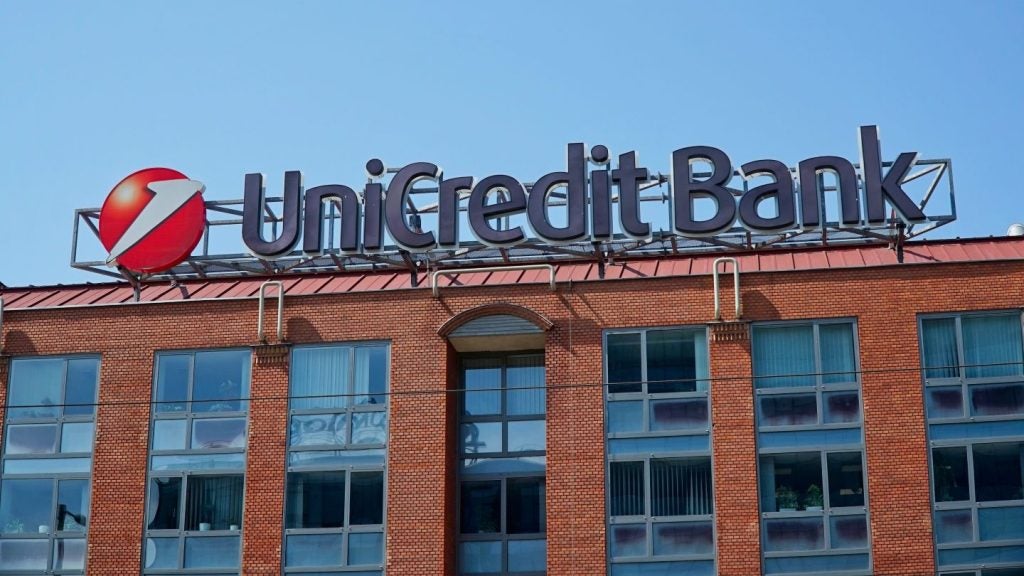Designit, an integrated design agency recently acquired by Wipro Digital, has partnered with Nequi bank in Colombia to go 100% digital. The bank has redesigned the mobile banking experience, and is creating offerings for millennials who are starting to drift toward a post-app world. Douglas Blakey reports
The goal is ambitious: Bancolombia’s digital brand, Nequi, aims to challenge traditional banking models and highlight the general cultural move to mobile banking and app-centric offerings.
The bank worked with Wipro Digital and Designit, utilising what the tech vendors term a design-thinking approach, challenging traditional norms and innovating at a faster pace, from which they believe other industry verticals can learn.
Nequi CEO Andrés Vásque (AV), and Mikal Hallstrup (MH), founder and CEO of Designit, discuss the project with RBI:
RBI: Can you give some background information on the launch’s project timeline?
AV: Bancolombia came to the conclusion that the way people were willing to interact with banks and use their money was slowly but critically changing in a society that is becoming more digitally driven by the day.
Therefore, in December 2014, we decided to mix a team of people from many areas of the company with a team of designers not related to the banking industry, with the goal of understanding how could they structure what they called a 100% digital “neobank”.
After aligning Bancolombia’s expectations, agreeing the timeline and the business model, the team came up with the idea of designing a service that would allow people to use and manage their money from their mobile phones, with no physical branches, and above all, in accordance with their routines and synced with their everyday lives.

US Tariffs are shifting - will you react or anticipate?
Don’t let policy changes catch you off guard. Stay proactive with real-time data and expert analysis.
By GlobalDataAfter many prototypes and testing with potential users, they started the development of an MVP that was available in closed testing as of November 2015. From that moment they started the stabilisation and optimisation stage, that led to an open App Store and Google Play Store release in June 2016.
The brief
RBI: What was the brief from Nequi to Designit? Why did the bank elect to work with Designit?
AV: Bancolombia started with a blank sheet and approached Designit in order to bring in knowledge about human-centred innovation models and service design methodologies. We needed people with no expertise in traditional banking who, at the same time, were experts in user experience and usability.
RBI: Can you explain how Designit went about implementing the project and delivering on the brief for the bank?
MH: Bancolombia is the largest bank in Colombia and one of the top 10 largest lenders in the Latin American region. It has made its name by offering universal banking solutions to all types of customers. Bancolombia is a bank that takes pride in being the bank for everybody, for whatever they might need.
The vice-chair of corporate services approached Designit to clarify its innovation strategy and help move the organisation towards the next big potential thing for the bank.
We started in December 2014 and created a new team of people comprising our visual designers, researchers, business designers and people from different areas of Bancolombia. Together we would be able to create what we call the ‘first neobank’.
We started out by understanding the internal future vision Bancolombia had for its business, consumers and the market.
After aligning Bancolombia’s expectations, agreeing the timeline and the business model, the team came up with a new business model where the revenue does not come from transactional fees but from a range of products and services created depending to a user’s real needs.
After analysing prototypes and user tests in universities – the smallest representation of our target market – we enabled Nequi accounts to be created and implemented a payments ecosystem where both merchants and users used Nequi. The prototypes were successful and in June 2016 Nequi was launched in beta mode.
RBI: What were the goals and aims of the project?
MH: At first, Bancolombia came to us to help it explore new opportunities for innovation in the market, not knowing what might come out.
At this point it could have been anything. We convinced the bank to allow us not to stop there but continue to create some concepts and even validate those with people.
This way the initial briefing turned from ‘help us see what can be done’ to ‘help us create the bank that might kill us in five years’.
The key idea was to create a new bank concept, with a new way of thinking and tools in only 15 weeks. We did it!
Nequi is a neobank. It operates under the same banking license as Bancolombia but everything is new – new core banking, a new team, new branding, a new company and a completely new human experience, business model and services.
Nequi offers everyday banking: but it’s not a bank, it’s a platform. It’s API-ready and strives to provide value beyond transactions.
Nequi was created upon the belief that banking should be a platform where users can reach out to several relevant services provided by either the same bank or third parties. Users have the right to choose.
Engagement
RBI: How did Designit engage with consumers prior to launch?
MH: We developed a toolset to help people manage their money better. It was created on the model of how people handle their money every month, how they save, what they understand by saving, and the different rhythms their lives tune into.
One might want to be a great saver one week, but care less about saving the week after when they go out on a date.
Banks have rigid rules for people whose lives aren’t rigid at all; we change constantly, our needs change and evolve. Banking should evolve along with us and adapt to us.
During the project, there was no way we were going to create a neobank and not pilot it, so that’s what we did.
We decided to use a university as the playground, and during three days we enabled Nequi accounts to be created and implemented a payments ecosystem where both merchants and users used Nequi.
This pilot not only showed us a real performance of the service, but also served as a place for user testing.
RBI: How did Designit record successful results?
MH: Nequi has two different apps: one for users and one for merchants. The user app is available in the Apple and Google app stores and at www.nequi.co. The client was commissioned to launch Nequi and therefore has been tracking the success of the results.
However, during the sprints we made some prototypes and hypotheses that we had to validate with different users, using standard qualitative techniques.
RBI: Is Nequi a first in the Colombian banking market?
AV: While it is not the first financial app, it’s definitely not something you’ll find elsewhere in the Colombian market. The possibility of letting people use their money at no cost for basic transactions, a fast, ever-evolving service, and a local language approach differentiate us from the usual financial terminology. All these aspects come together to make Nequi a unique offering in the Colombian market.
RBI: What are the initial products on offer from Nequi?
AV: A simplified savings account is offered that can be opened entirely from a mobile phone. With this account users can manage their money with no transaction or administration fee, no minimum balance, send money everywhere in Colombia, make withdrawals at over 4,000 ATMs and recharge their cellphone credit; customers will never have to walk into a branch. Finally the app offers ‘pockets’, a saving vault with goals to help users manage their money.
RBI: And on costs, how does the Nequi pricing compare to traditional banks?
AV: This is at the very heart of the Nequi proposition. The basic core of Nequi is that there is no cost to users – a feature very hard to come by in Colombia.
RBI: How has Nequi promoted itself? How has it used social media?
AV: Nequi has opted for a low-scale and organic promoting strategy using social media, word of mouth, and paid advertising with Facebook and Google. Free press has also played an important role at certain points.
RBI: Can you comment on Nequi’s use of biometrics
AV: Nequi is the first financial app in Colombia using biometrics – facial, voice and fingerprint – for security and usability purposes.
It also launched during November 2016 at the same time as the first transactional Facebook bot in Latin America. The bot is called Eva, and can check customers’ balances, send money and recharge cellphone credit.
Nequi has been built as an open platform, aiming to develop an innovative business model based on application program interfaces.
RBI: What is the initial market reaction? How has the launch gone?
AV: Nequi has been in full production mode since July 2016. The app has been downloaded by almost 200,000 people and already boasts around 40,000 users.
MH: Nequi launched near the end of July 2016 in beta mode. We used a launch strategy based in a small ecosystem to trigger network effects quickly in the platform.
Nequi gained more than 12,000 customers in the first month and there’s an ever-growing network of merchants and ATMs where people can use Nequi.
RBI: How has Designit and Nequi’s relationship expanded since the launch?
MH: After launch, the board in Medellín decided to start the process of internationalisation, with Panama chosen as the first country due to geographic convenience.
Moreover, we have created a framework that allows the bank to build relationships and conversations with clients under the same model across all departments.
It is an important aspect of our offering; by engaging in and maintaining dialogues with our customers we can serve them better.







